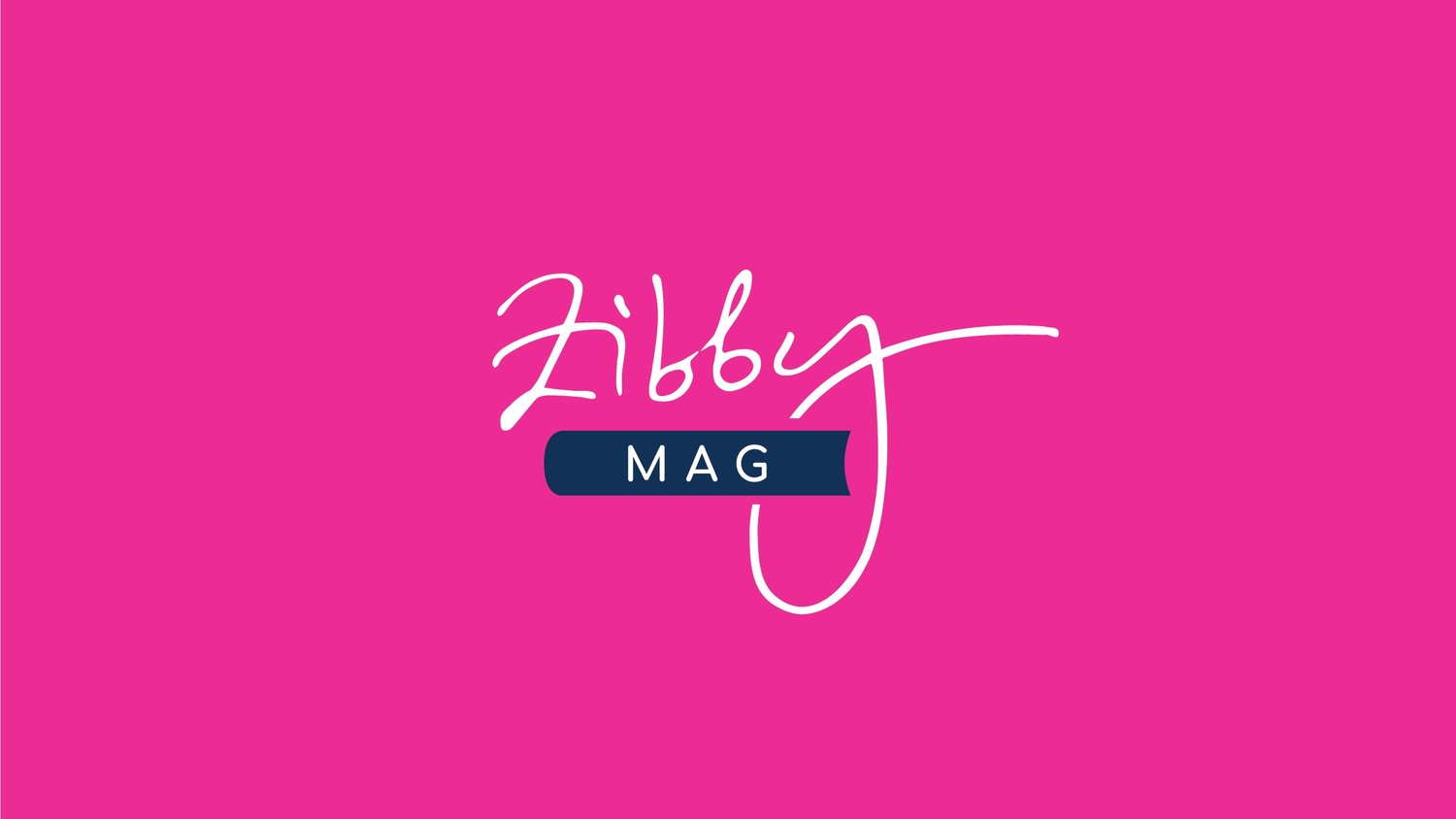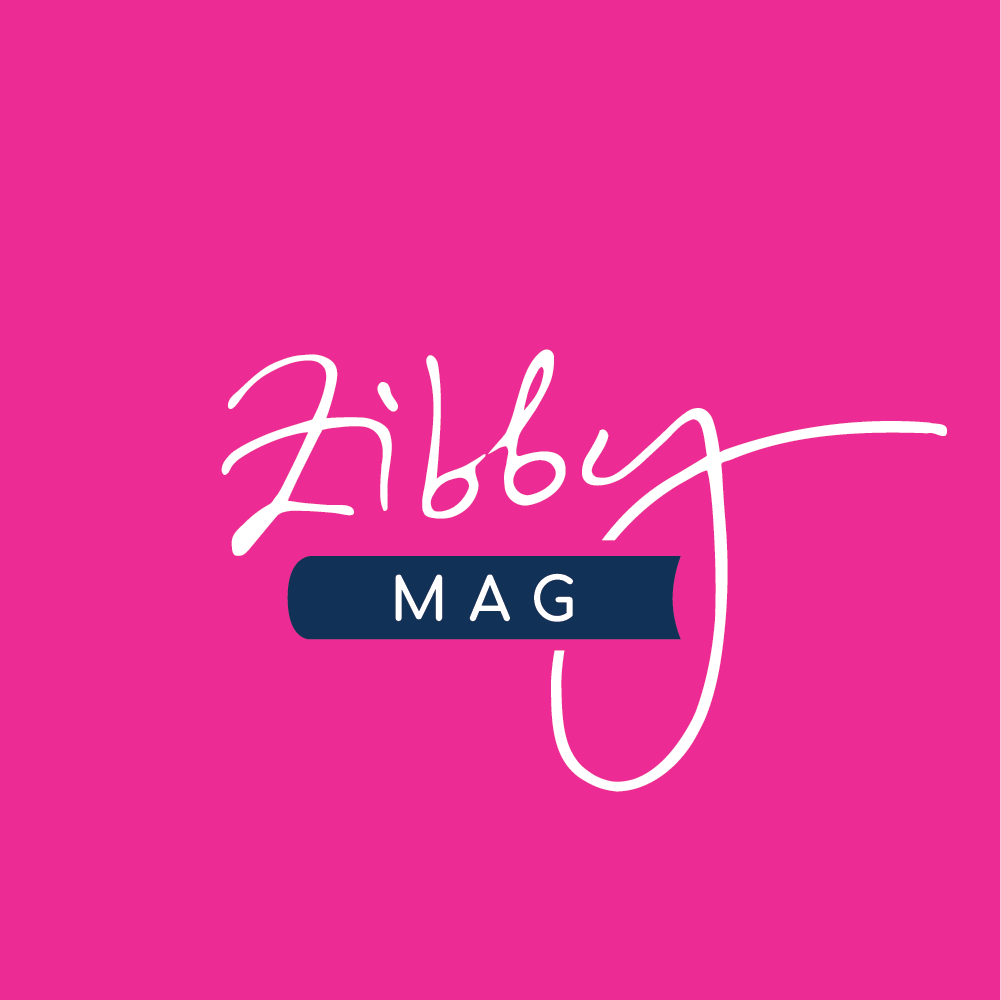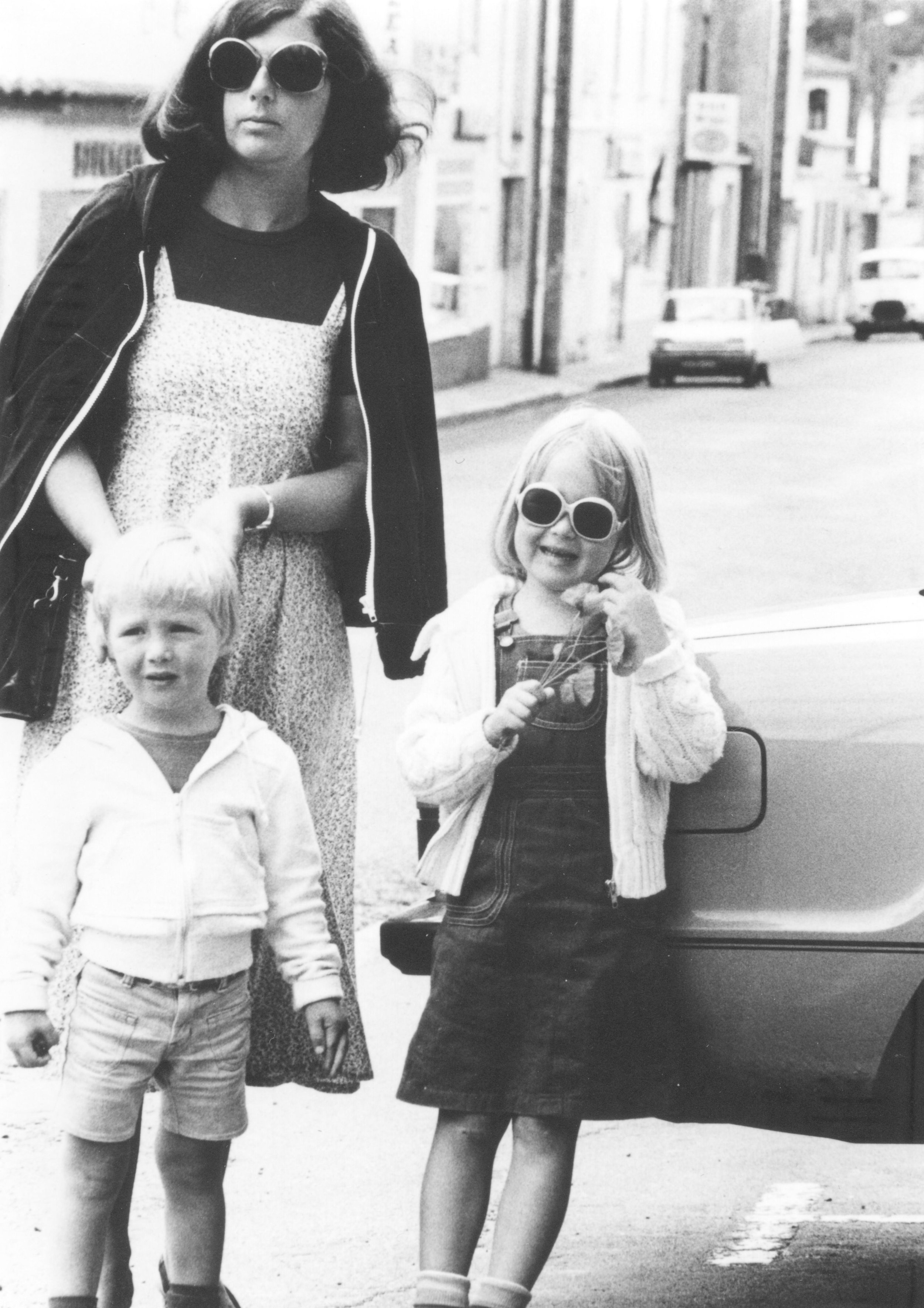I Used to Be Cool—Now I’m a Mom
By Julie Paige
I used to say yes.
Be a singer in a rock band? Yes! Quit my job and travel the world for six months? Yes! Skydive and bungee jump? Yes, and yes. I said yes to strappy heels, glitter eyeshadow, tube tops, dance clubs, and Victoria’s Secret.
Then I became a mom, and now I say no.
No, you aren’t allowed to watch that movie. No, we are not having pizza again tonight. No, you can’t wear sweatpants out to dinner. No, you can’t have a second dessert tonight.
I also shout directives: “Clean your room. Do your homework. Rinse your plate. Go to bed.” This is not the language of a cool person. I wear the same outfit every day: jeans, t-shirts, and sneakers. If I go out at night, I wear the same thing. I even want a minivan.
“Julie, you’re not a minivan person, are you?” my husband asks.
“I don’t know. Maybe I am. Did you see those sliding doors? They’re pretty awesome.”
We didn’t get a minivan. My husband drew the line there.
My kids have no idea how cool I was. What small child wants to know Mommy spent months camping in sub-Saharan Africa or had an actual career or used to have too much fun before she became a stay-at-home mom? No child wants to know because it’s not relevant. They want to know: “What time are we leaving, what’s for dinner, and do we have to?” They do not know me. To them, I am a heavily starched, one-dimensional fun killer who makes uncreative meals.
“Mom, you make the same meal every day. A meat, a vegetable, and either rice or potatoes. We should change it up a little more.”
“Okay, I hear you. I’ll try something different tomorrow,” I promise.
The following day, I make a Mexican casserole.
“What’s this?” my daughter asks.
“It’s a Mexican casserole. I’m trying to mix things up, remember?”
“I don’t want my food mixed up. This looks gross. Why can’t you just make what you normally make?”
I may not know what they want for dinner, but I do know who they are.
My first daughter is girly. She prefers Broadway and upbeat musical tunes. Her favorite color is pink, and she likes dressing up. She loves to read and reads fast.
“No way, you didn’t finish that already,” I challenge her.
“I did,” she says.
“Really? What was it about then?” I ask. She goes on to provide every detail of the book because she doesn’t know how to give me the headlines yet.
“Honey, you don’t need to tell me everything that happened, do you think you can just give me the main points?”
“I am,” she says, and continues with the same level of detail.
She writes too. She’s disorganized and scattered and smart like her father. She is kind and a great friend to have. We call her The Stormtrooper because she stomps up the stairs when she gets mad.
My second daughter loves rock music and plays the drums. It’s her entire identity. We talk about bands like Rush, Led Zeppelin, and the Foo Fighters, and watch drum videos together on YouTube. She wears distressed jeans, black converse sneakers, and a hoodie or band tee most of the time. She’s adaptable and techie and can figure things out quickly. If her things aren’t arranged in the right order, it can mess up her entire day.
My son is independent. He loves Lego blocks and building his own creations. His favorite subject is math, and he likes to read humorous books like Dogman, Captain Underpants, and Diary of a Wimpy Kid. This Christmas he asked for one thing: a whoopie cushion. He gets it.
My point is, there’s a large gulf between what I know about my children and what they know about me. But after 12 years, the gap is beginning to close, now that they see me typing away on my computer.
“Mom, what are you doing?”
“I’m writing a memoir.”
“What’s it about?”
“It’s about some of the bigger things that happened in my life,” I tell them.
“Like what?”
“Well, like being a collegiate athlete, having a career, traveling the world...”
“What about being a mom?”
“That too. Do you want me to read you something? Like from my childhood?”
“Yeah,” they say, pulling up a chair.
I finish reading a section about my mom failing to convince me to play the piano.
They smile. “That’s a funny story about you and grandma. I can totally see that.”
By seeing that, they are seeing me. How I grew up and how I have become a fully rounded, multi-dimensional woman who forged her own path filled with achievements and fraught with mistakes. They are most intrigued by my imperfections, and I realize that by sharing them, it may help them be kinder to themselves when they blunder and embrace not just the joys in their life, but the many failures that await them. If they can remember my failures when they fail, maybe they won’t feel so hopeless and alone. Leading by failure, and not solely by positive examples, may be the very thing that gives them the confidence to say yes, make mistakes, and follow what appeals to them. And there’s nothing cooler than that.
Over the next several months, I read more passages to my children, mostly about my travels.
“Wow, Mom, you really didn’t know what you were doing.”
“That’s right, honey, but no one does, that’s the fun part. Saying yes to the stuff you want to do at the risk of defeat and maybe a little embarrassment. But it’s so worth it.”
“You know what, Mom? You used to be cool.”
“You’re damn right, I used to be cool. But am I cool now?” I ask.
“No, not when you tell us to clean up.”
Maybe I’m not so cool anymore, but I swear I used to be.
++
Julie Paige was a business executive in marketing and training for almost 20 years before she wisely put all her belongings in storage and traveled the world. For the last decade, she has been a stay-at-home mother to three children. Julie has a large body of written work hidden inside the walls of corporate America and is working to change that. She recently completed her debut memoir.


